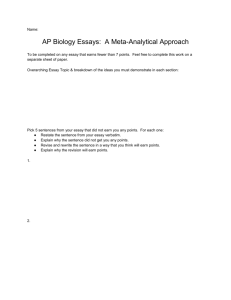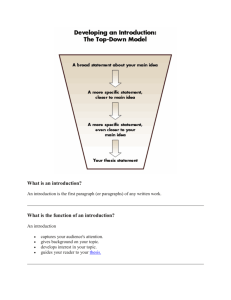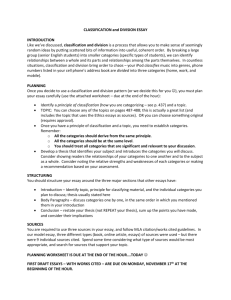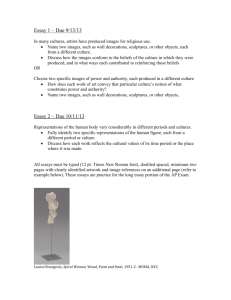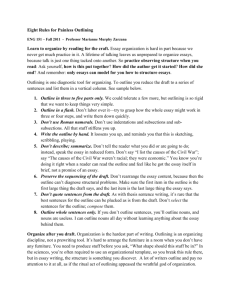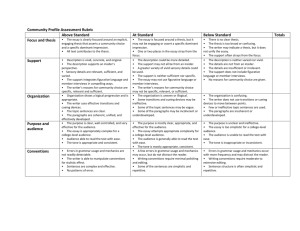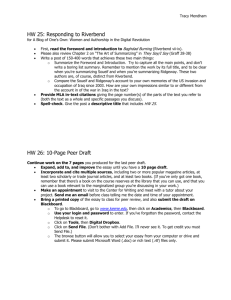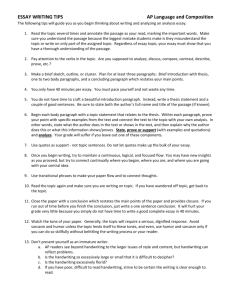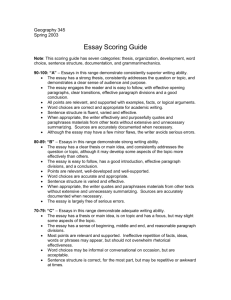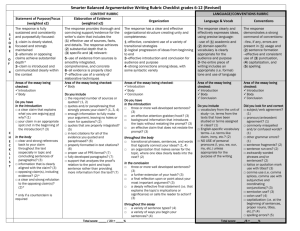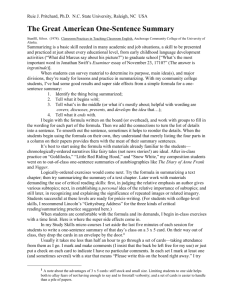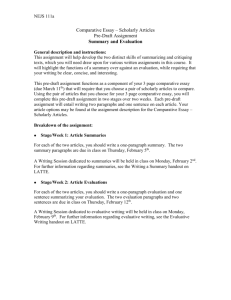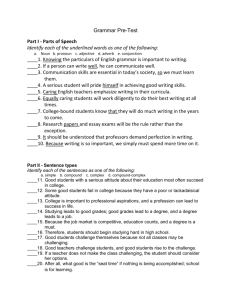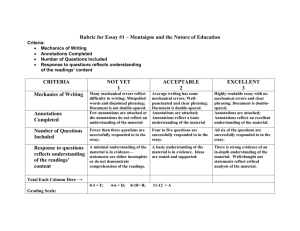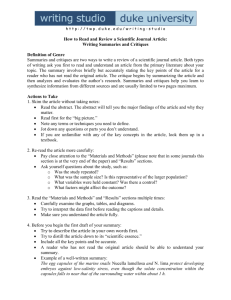097 Critical Reading Gomez
advertisement
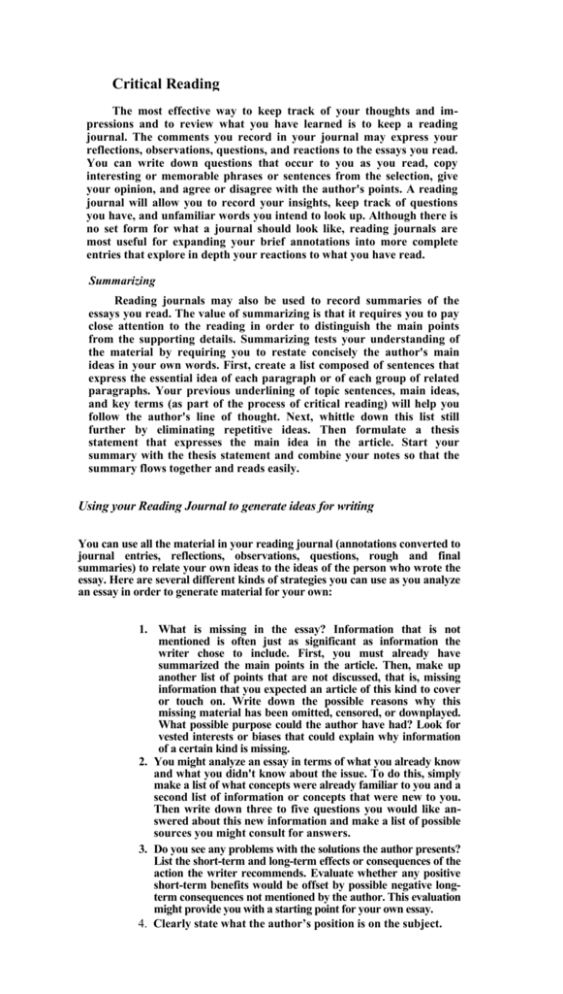
Critical Reading The most effective way to keep track of your thoughts and impressions and to review what you have learned is to keep a reading journal. The comments you record in your journal may express your reflections, observations, questions, and reactions to the essays you read. You can write down questions that occur to you as you read, copy interesting or memorable phrases or sentences from the selection, give your opinion, and agree or disagree with the author's points. A reading journal will allow you to record your insights, keep track of questions you have, and unfamiliar words you intend to look up. Although there is no set form for what a journal should look like, reading journals are most useful for expanding your brief annotations into more complete entries that explore in depth your reactions to what you have read. Summarizing Reading journals may also be used to record summaries of the essays you read. The value of summarizing is that it requires you to pay close attention to the reading in order to distinguish the main points from the supporting details. Summarizing tests your understanding of the material by requiring you to restate concisely the author's main ideas in your own words. First, create a list composed of sentences that express the essential idea of each paragraph or of each group of related paragraphs. Your previous underlining of topic sentences, main ideas, and key terms (as part of the process of critical reading) will help you follow the author's line of thought. Next, whittle down this list still further by eliminating repetitive ideas. Then formulate a thesis statement that expresses the main idea in the article. Start your summary with the thesis statement and combine your notes so that the summary flows together and reads easily. Using your Reading Journal to generate ideas for writing You can use all the material in your reading journal (annotations converted to journal entries, reflections, observations, questions, rough and final summaries) to relate your own ideas to the ideas of the person who wrote the essay. Here are several different kinds of strategies you can use as you analyze an essay in order to generate material for your own: 1. What is missing in the essay? Information that is not mentioned is often just as significant as information the writer chose to include. First, you must already have summarized the main points in the article. Then, make up another list of points that are not discussed, that is, missing information that you expected an article of this kind to cover or touch on. Write down the possible reasons why this missing material has been omitted, censored, or downplayed. What possible purpose could the author have had? Look for vested interests or biases that could explain why information of a certain kind is missing. 2. You might analyze an essay in terms of what you already know and what you didn't know about the issue. To do this, simply make a list of what concepts were already familiar to you and a second list of information or concepts that were new to you. Then write down three to five questions you would like answered about this new information and make a list of possible sources you might consult for answers. 3. Do you see any problems with the solutions the author presents? List the short-term and long-term effects or consequences of the action the writer recommends. Evaluate whether any positive short-term benefits would be offset by possible negative longterm consequences not mentioned by the author. This evaluation might provide you with a starting point for your own essay. 4. Clearly state what the author’s position is on the subject.

